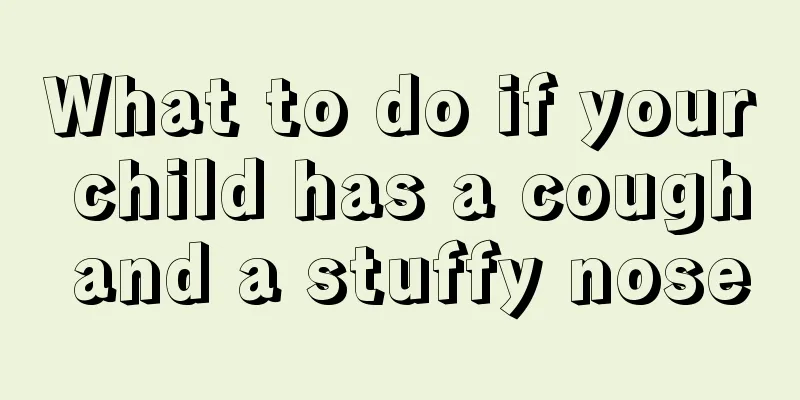My baby's head is still unstable at four months old

|
The development of a baby requires a process, and he cannot be played with immediately like an older baby. When we hold the baby, we need to pay attention to the correct way of holding the baby. If inappropriate methods are used, it may cause injury to the baby's spine. We know that the baby's spine is unstable in the first few months and the baby will always shake his head. We should not hold the baby often during this period. 1. When evaluating a child's growth and development, you should not only look at height and weight, but also pay attention to whether the child's functional development is normal, including organ function, brain function, etc. Although some children have good physical development, they may have neuromotor and intellectual retardation. When the hospital evaluates the child's development level, a very important aspect is the development of brain function and the functions of the nervous system such as neuromotor and neuropsychological. Sometimes parents cannot detect whether their children's development is abnormal, and by the time they discover it, they often miss the best time for intervention. Experts say that if a child has these abnormalities, they must go to the hospital for a check-up to rule out abnormalities in the baby's development: 1. The three-month-old child has unstable head (i.e. the head cannot stand upright stably); 2. Insensitive to external reactions, and will not giggle. This is different from spontaneous smiles. Simply put, the child will not be amused; 3. Not very good at tracking and not sensitive to sound; 4. Keep your hands clenched into fists. 2. How many months can the baby be held upright? The characteristics of infant growth and development are a large and heavy head, more gelatin in the bones, underdeveloped muscles, and weak muscle strength. Therefore, a one-month-old baby can only lift his head slightly for a moment, and the head can begin to stand upright at three months. Because the neck and back muscles are not yet fully developed, babies aged 1 to 3 months cannot support the weight of their heads for a long time. Therefore, the posture for holding a baby of 1 to 3 months is very particular, and the key is to support the baby's head. For babies aged 1 to 2 months, it is mainly best to hold them flat, but they can also be held diagonally at a smaller angle. When holding the baby flat, let the baby lie flat in the adult's arms; when holding the baby diagonally, let the child lie diagonally in the adult's arms. Whether the baby is held flat or at an angle, the adult's forearm should support the baby's head. The other arm supports the baby's hips and waist. For babies who are prone to spitting up, they should be held at an angle. This can prevent spitting up or reduce the degree of spitting up. Three-month-old babies are mainly held in an oblique or upright position. When holding the child obliquely, the angle at which the child tilts upward can be slightly larger. There are two postures to choose from when holding a child upright. One upright holding position is that the baby sits on one of the adult's forearms with his back facing the adult, and the adult's other hand holds the baby's chest so that the baby's head and back are against the adult's chest; another upright holding position is that the baby sits on one of the adult's forearms with his face facing the adult, and the adult's other hand supports the baby's head, neck and back so that the baby's chest is close to the adult's chest and shoulders. When holding a baby, you must pay attention to protecting the baby and holding the baby comfortably and making the baby feel safe. Lifting and putting down should be slow and gentle. |
<<: How to make children grow taller?
>>: 100-day-old baby's head is not stable
Recommend
At what age is it normal for children to change their teeth?
I believe everyone must know the importance of te...
What are the treatments for cough in children?
Children are prone to coughing when they are youn...
What are the preventive measures for tonsil suppuration in children?
Children are more prone to illness because their ...
What are the treatments for ADHD in children?
In recent years, the treatment effects of ADHD in...
Why are children allergic to egg yolk?
Some babies are very young, and every time they a...
5-year-old child cannot speak
Children will gradually learn to speak as they gr...
Will bumping heads affect children's intelligence?
Children will inevitably encounter some bumps and...
Two-year-old baby's head bleeds after falling
If a two-year-old baby falls and has bleeding on ...
What to do if your teeth are loose at the age of 15
It is often said that toothache is not a disease,...
Nine kinds of lutein drinks can keep children from the risk of myopia
Numerous studies have shown that if a person is n...
What is the correct way to use butt cream?
Many parents will find a problem, that is, the ba...
Why can’t my baby sleep soundly? I didn't expect the reason to be so complicated
Many babies have trouble sleeping, especially whe...
How to treat and care for cough and asthma pneumonia in children?
In daily life, we often hear parents say that the...
How to take care of your baby's fever in summer
It is hot in summer and bacteria are active, so b...
The baby was born with red spots on the eyelids
A fresh little life, after ten months of pregnanc...









